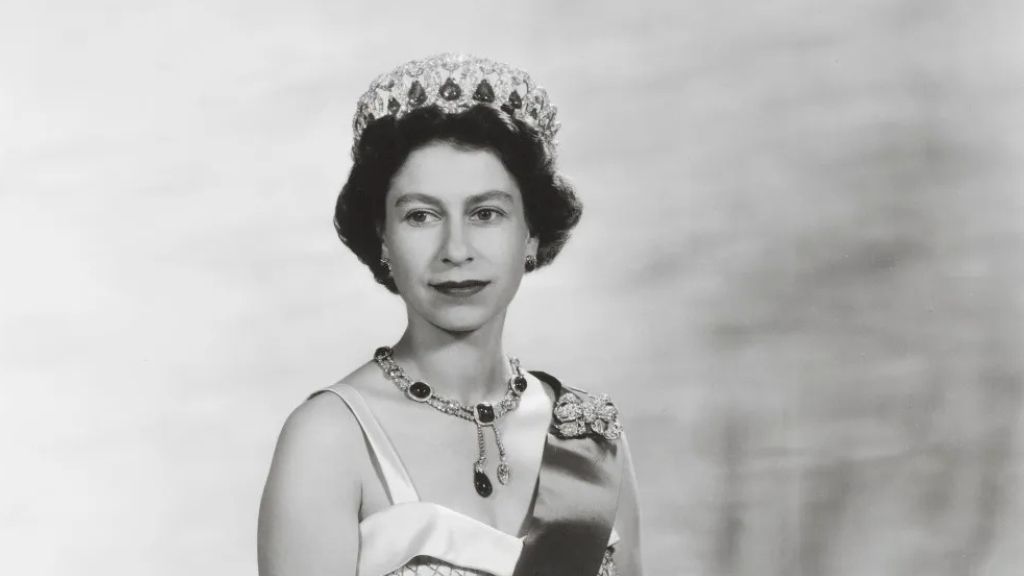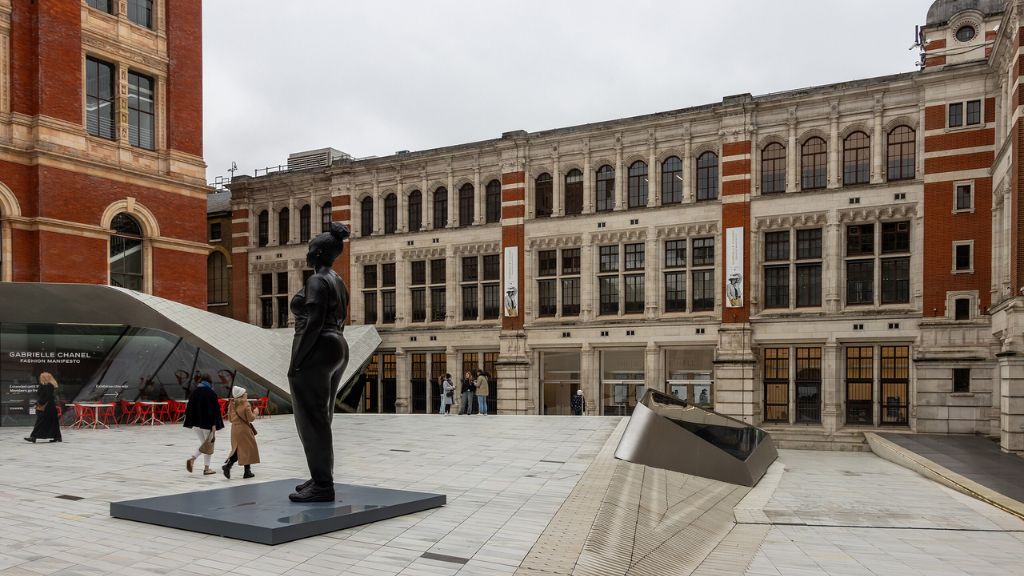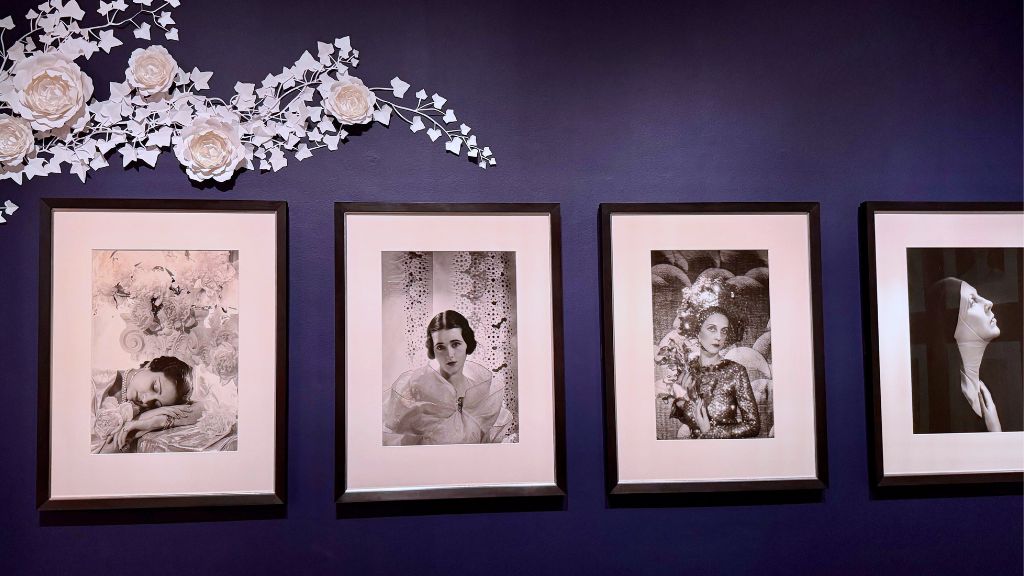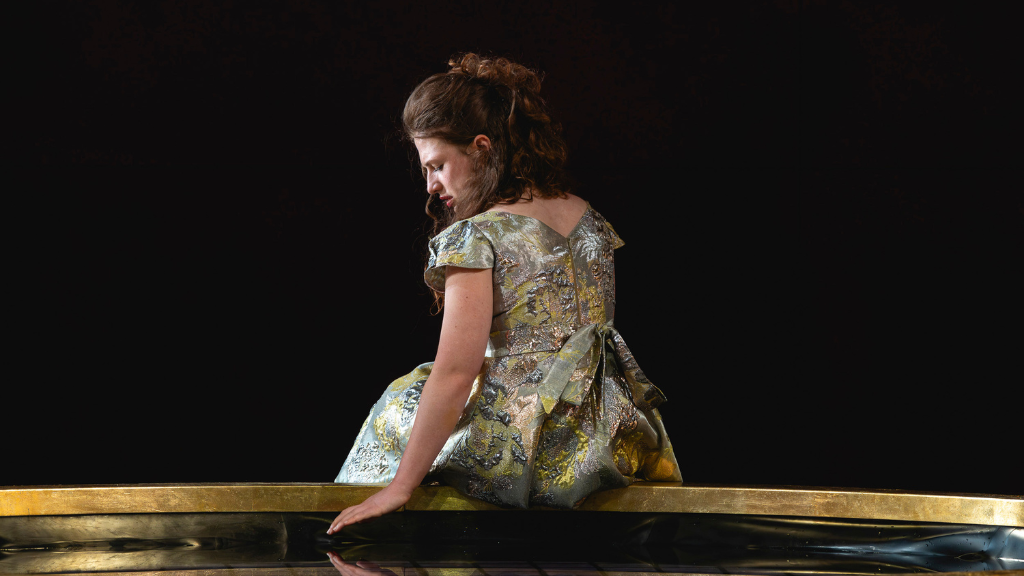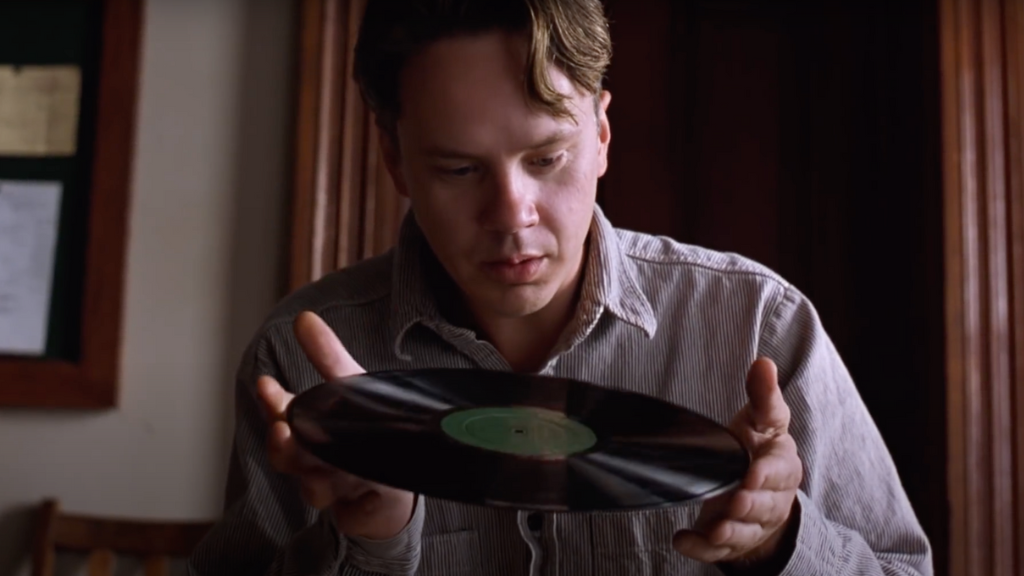
Classical Music in Cinema: The Stenography of Emotion
As early as 1896, Maxim Gorky, describing his first experience of cinema, lamented the absence of sound, famously calling it a “kingdom of shadows.” He wrote: “There are no sounds and no colours. Everything — earth, trees, people, water, air — is tinted in a uniform grey. The grey sky casts grey beams of sunlight; grey eyes gaze from grey faces, and the leaves of the trees are ashen, like dust. This is not life, but the shadow of life, and this is not movement, but the silent shadow of movement.”
It is now universally understood that music breathes life into film. But beyond original scores, the use of classical music remains a powerful cinematic tradition — one that reinterprets familiar compositions, layering them with new meaning and fresh emotional weight.
The Origins of a Tradition
In the silent film era, musical accompaniment was an improvisational art, performed live by pianists who relied on thematic compilations of classical works. These anthologies, structured by mood, genre, and national character, became the first “soundtracks.” The earliest was published in the United States in 1909, while in Russia, composer Boris Berezovsky released a six-volume collection titled Kino-Illustrator in 1926.
In these guides, the frolics of children were to be set to Debussy’s “Arabesque”, a sunrise painted with Rachmaninoff’s Prelude in C-sharp minor, and ominous premonitions with an excerpt from Liszt’s Tasso. Some choices have since become archetypal — Wagner’s Ride of the Valkyries, for instance, first employed in battle scenes of silent films, later thundered over Coppola’s Apocalypse Now, accompanying the infamous helicopter raid on a Vietnamese village.
Directors and producers are keenly aware of the psychological imprint left by certain musical pieces. A well-chosen classical composition can summon an instinctive emotional response, enriching the scene without the need for a single word.
A Cinematic Language
The insertion of a classical motif is never arbitrary — it serves as a layer of meaning, shaping the audience’s perception of a scene. Sometimes, it functions merely as an atmospheric backdrop, what Stravinsky referred to as “aural wallpaper.” More often, however, it acts as an expressive semantic tool, heightening emotion, enriching context, and reinforcing thematic depth.
One key function is to situate a film within a historical period. Amadeus is saturated with the works of Mozart, Salieri, and Pergolesi, while even fantasy films that touch on historical settings lean on classical music to enhance authenticity. Interview with the Vampire, which begins in 1791, is underscored by Handel and Haydn, reinforcing the film’s period atmosphere.
In Titanic, the aristocratic world of the early 20th century is recreated through the music of Offenbach and Strauss, immersing the audience in the cultural fabric of the era. Similarly, classical music is often used to sketch the psychology of a character — revealing their artistic inclinations, social status, or inner turmoil.
Intriguingly, some of cinema’s most notorious villains are closely associated with classical music. Perhaps it provides them with a veneer of self-control, a civilised mask over inner darkness. This idea has deep roots, echoing the tragic tradition of characters who conceal despair beneath a serene exterior — such as Orpheus in Gluck’s Orfeo ed Euridice (“Che farò senza Euridice”).
In Hollywood, this trope has become a staple of films exploring the psychology of violence:
- In Shutter Island, Mahler’s Quartet accompanies a Nazi doctor’s recollections of mass murder.
- In The Silence of the Lambs, Bach’s Goldberg Variations play as Hannibal Lecter orchestrates his gruesome escape.
- Moriarty — the epitome of a sophisticated villain — is repeatedly shown indulging in classical music.
The Queen of Drama
From Tarkovsky and Kubrick to Lars von Trier and Spielberg, many of the greatest filmmakers have used classical music to elevate the dramatic stakes of their narratives.
Take Casino — the film’s introduction sees Robert De Niro’s character blown up in his car to the haunting strains of Bach’s St. Matthew Passion. The musical choice immediately sets the tragic tone, hinting that this is not just a gangster story, but an existential drama.
In In Bruges, Martin McDonagh deepens the film’s sense of despair with Schubert’s Der Leiermann (The Hurdy-Gurdy Man), reinforcing the protagonist’s guilt and suicidal thoughts. Similarly, Mozart’s Don Giovanni looms over the climax of Sherlock Holmes: A Game of Shadows. As Holmes and Watson attend the opera, they mistakenly assume that Moriarty intends to bomb the theatre. The Commendatore motif swells before the revelation that they have miscalculated — Holmes has already lost this battle.
And then, there’s The Shawshank Redemption — a moment of profound cinematic alchemy. When Andy Dufresne locks himself in the prison office and plays Mozart’s Sull’aria (The Marriage of Figaro) over the loudspeakers, time seems to stop: “I have no idea to this day what those two Italian ladies were singing about. Truth is, I don’t want to know. Some things are best left unsaid. I’d like to think they were singing about something so beautiful, it can’t be put into words, and it makes your heart ache because of it. For the briefest of moments, every last man in Shawshank felt free.”
Classical music, with its connotations of harmony and beauty, brings a sense of perfection to an imperfect world. It offers clarity where there is chaos, elegance where there is brutality, and a timeless emotional resonance that words alone cannot achieve.
Perhaps that is why, sitting in a darkened cinema, we often find ourselves listening more intently than watching — because sometimes, the most powerful dialogue is spoken in music.
There are many classical music and film music concerts taking place in London. Here are some you can attend in the near future:
- Candlelight: Hans Zimmer’s Best Works;
- Candlelight: Best of Bridgerton on Strings;
- Music from the Movies by Candlelight in Chelmsford;
- Music from The Movies by candlelight;
- Chamber Music by candlelight;
- Music from the Movies by Candlelight – Bath Abbey.
By Tatyana Yefimova, specially for Afisha.London
Cover photo: “The Shawshank Redemption” (1994)
Read more:
Romance with no clichés: original ideas for February 14
February 2025 in London: a month of culture, romance, and spectacle
Brazilian Modernism at the Royal Academy of Arts: The Vibrant Revolution That Changed Art
SUBSCRIBE
Receive our digest once a week with quality Russian events and articles






